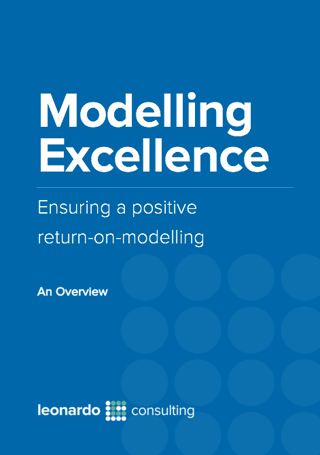Ensuring a positive return-on-modelling

Across thousands of organisations, tens of thousands of people create process models, and millions use them. Process modelling is important, strategic, expensive, and subject to a wide range of quality outcomes. Done well, process modelling creates valuable organisational assets. Done poorly, process modelling is an expensive way to waste resources and facilitate failure.
Process modelling efforts in any organisation can have significant pitfalls:
Effective, high-quality process modelling delvers significant benefits:
Process modelling is a critical activity in every organisation, and represents a significant expenditure. What is the return-on-modelling? Is there a way to ensure the creation of consistently useful process models across the organisation and over time?
Yes, there is. Download this paper to find out how.
Brisbane Head Office:
Level 8 - Suite 90
Silverton Place
101 Wickham Tce
Brisbane QLD 4000
AUSTRALIA
Phone: +61 (0)7 3831 5511
Fax: +61 (0)7 3831 5522
Email: info@leonardo.com.au
1999-2016 © Incotrade Australia Pty Ltd trading as Leonardo Consulting. All rights reserved. ACN 066 273 256. | Privacy Statement